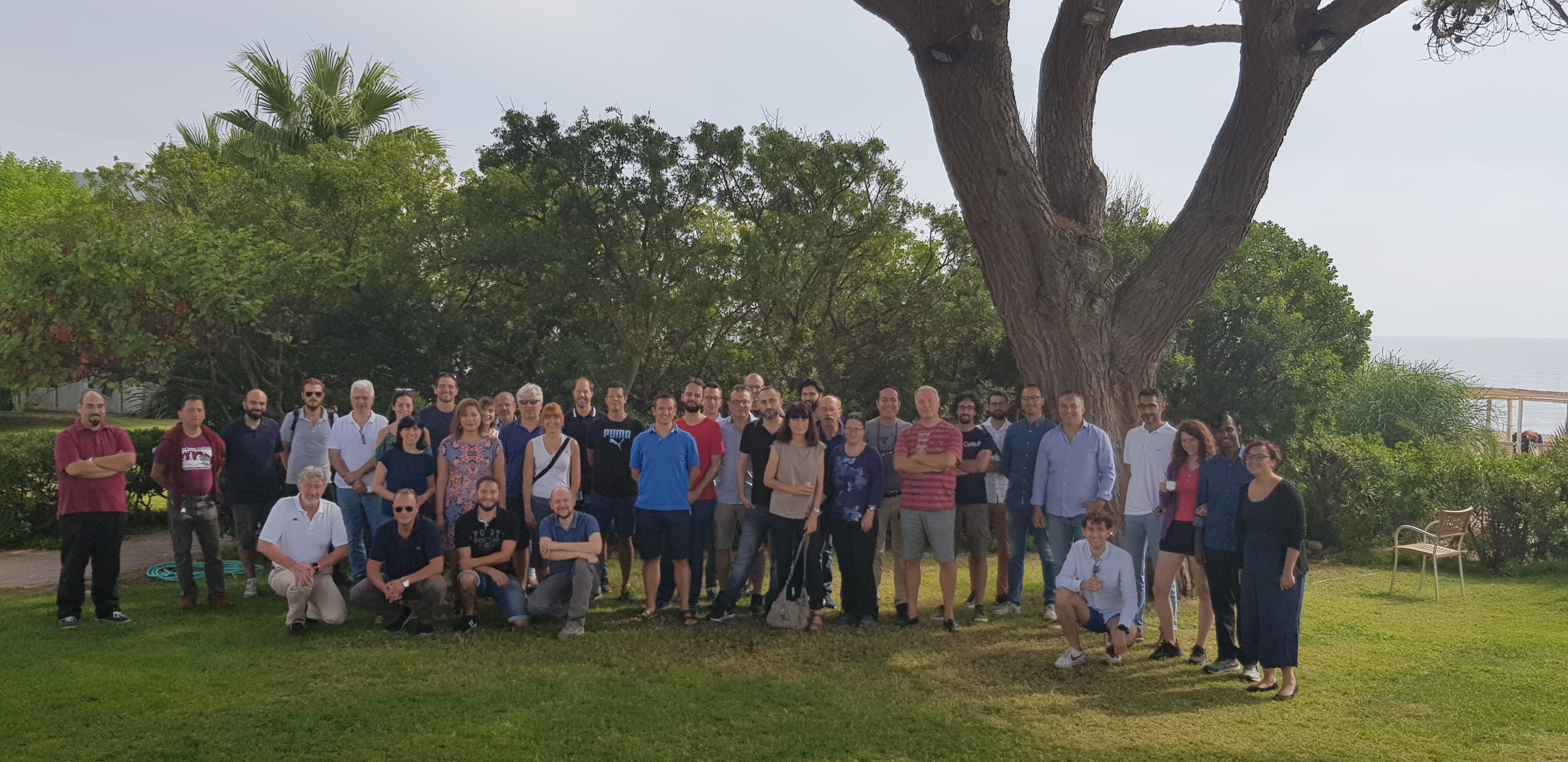Deep Learning @ INAF
Astronomy is at the forefront of Big Data science, with exponentially growing data volumes and rates, and an ever-increasing complexity, now entering the Peta scale regime. This workshop has two main goals: to provide a theoretical and pragmatic view of the state-of-the-art and, second, to focus on the analysis and discussions about the problems of balancing the incoming data deluge with well-proportioned data mining and machine (deep) learning solutions.
Topics covered:
- Data Preparation and Exploration
- Basic theory and definitions
- Machine Learning paradigms (supervised and unsupervised learning)
- Regression problems
- Classification problems
- Deep Learning
- Machine Learning as a Service (MLaaS)
You will also get:
- Valuable Hands-on sessions are foreseen!
- Invited talks focused on applications of Deep/Machine Learning in Astrophysics (please check here for the prerequisites before arriving in Pula)
General overview of the meeting during its days:
Monday will be basically devoted as a buffer in order to allow people to travel on that day and then start early on Tuesday at 9 am sharp. There will an be open discussions about data science and machine learning problems that INAF researchers are facing. Networking between partecipants is encouraged.
- Tuesday Morning Prof. Claudio Gentile (Google Inc. Researcher in New York) will give lectures in which he will illustrate basic machine learning concepts starting from main definitions (e.g. Training Set) up to main algorithms for pattern classifications both supervised and unsupervised.
- Tuesday Afternoon will be dedicated to Neural Network and introduction to Deep Learning with hands-on tutorial (Python).
- On Wednesday we will move on Data Exploration and preparation both from the practical point of view (Python tutorial) and theoretical concepts (such as PCA concepts, Autoencoders, dimensionality reduction and Data Exploration)
- Thursday will be devoted to tutorials and introduction to commercial platform for Machine Learning. In particular we will have lessons given by official teachers from Amazon (AWS SageMaker), IBM and Mathworks (Matlab toolbox for Machine Learning).

